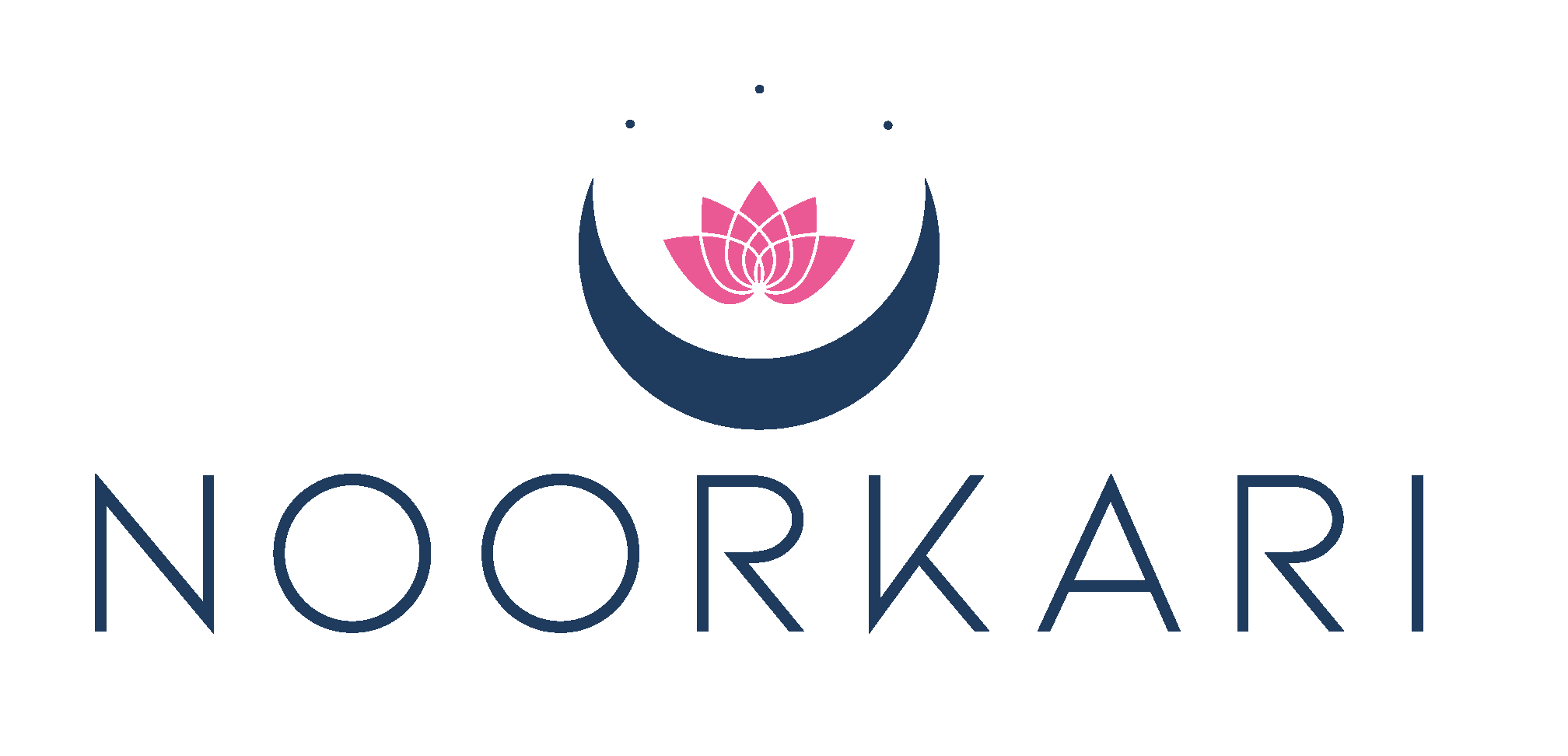Chikankari embroidery consists of 40 different types of stiches. Among them, the five basic stiches are Phanda-small circular dot, Jaali, tepchi-the running stich, murri and bakhia- the most common and popular stich that gives the shadow effect. Dhoom, Gol-Murri, Janjeera, Keel, Kangan-bangle, Dhania Patti, Murri lambi -the murri stich ends with sharp point, Karan Phool, Karan, Kapkapi, Bijli, Ghas Patti, Rozan, Meharki, Kaj, Phool chameli, Chane ki patti, Balda, Jora, Penchni, Kauri. Sidhaul jaali, Makra, Mandrazi, Bulbul Chashm, Phool Jaali and Tajmahal are the varieties of Jaali work. Hathkati and bank jaali are the straight line jaali works.
Bakhiya, double back or shadow stitch in chikan work is done from the wrong side of the fabric and the design is rendered in the herringbone style. The shadow of the thread is seen through the cloth on the right side.
Tepchi is a long running or darning stitch worked with six strands on the right side of the fabric taken over four threads and picking up one. Thus, a line is formed. It is used principally as a basis for further stitchery and occasionally to form a simple shape.
Zanzeera is a small chain stitch worked with one thread on the right side of the fabric. Being extremely fine, it is used to finally outline the leaf or petal shapes after one or more outlines have already been worked.
Hool is a fine detached eyelet stitch. Herein, a hole is punched in the fabric and the threads are teased apart. It is then held by small straight stitches all round and worked with one thread on the right side of the fabric. It can be worked with six threads and often forms the center of a flower.
Banarsi stitch has no European equivalent and is a twisted stitch worked with six threads on the right side of the fabric. Working from the right across about five threads a small stitch is taken over about two threads vertically. The needle is reinserted halfway along and below the horizontal stitch formed and is taken out about two threads vertically on the right above the previous stitch.
Rahet is a stem stitch worked with six threads on the wrong side of the fabric. It forms a solid line of back stitch on the right side of the fabric and is rarely used in its simple form but is common in the double form of dohra bakhiya as an outlining stitch.
Khatau is similar to Bakhia, but finer and is a form of applique. In Khatau, the design is prepared on calico material. That is placed over the surface of the final fabric and then paisley and floral patterns are stitched on to it.
Turpai and Darzdari or Darazdari are also significant stitches in chikan work. Turpai should have an effect of a thin thread. Darzdari have several varieties, the popular ones are Kohidarz, Kamal darz, Shankarpara darz, Muchii and Singbhada darz.
The various other types of legendary chikankari stitches are: Pechani, Bijli, Ghaspatti, Makra, Kauri, Hathkadi, Banjkali, Sazi, Karan, Kapkapi, Madrazi, Bulbul-chasm, Taj Mahal, Janjeera, Kangan, Dhania- patti, Rozan, Meharki, Chanapatti, Baalda, Jora, Keel kangan, bulbul, sidhaul, ghas ki patti etc.
Drifting apart from the original pristine setting, the tone-on-tone embroidery is in vogue these days. The significant use of beads, sequin, mokaish or mukeish (white flat silver or golden strip embroidery), gotapatti, pearl, etc have gained wide acceptance.
Phanda and Murri are the forms of stitches used to embroider the centre of the flowers in ordinary chikan work motifs. They are typically French knots, with murri being rice-shaped and phanda millet-shaped.
Jali stitch is the one where the thread is never drawn through the fabric, ensuring that the back portion of the garment looks as impeccable as the front. The warp and weft threads are carefully drawn apart and minute buttonhole stitches are inserted into the cloth.








Leave a reply